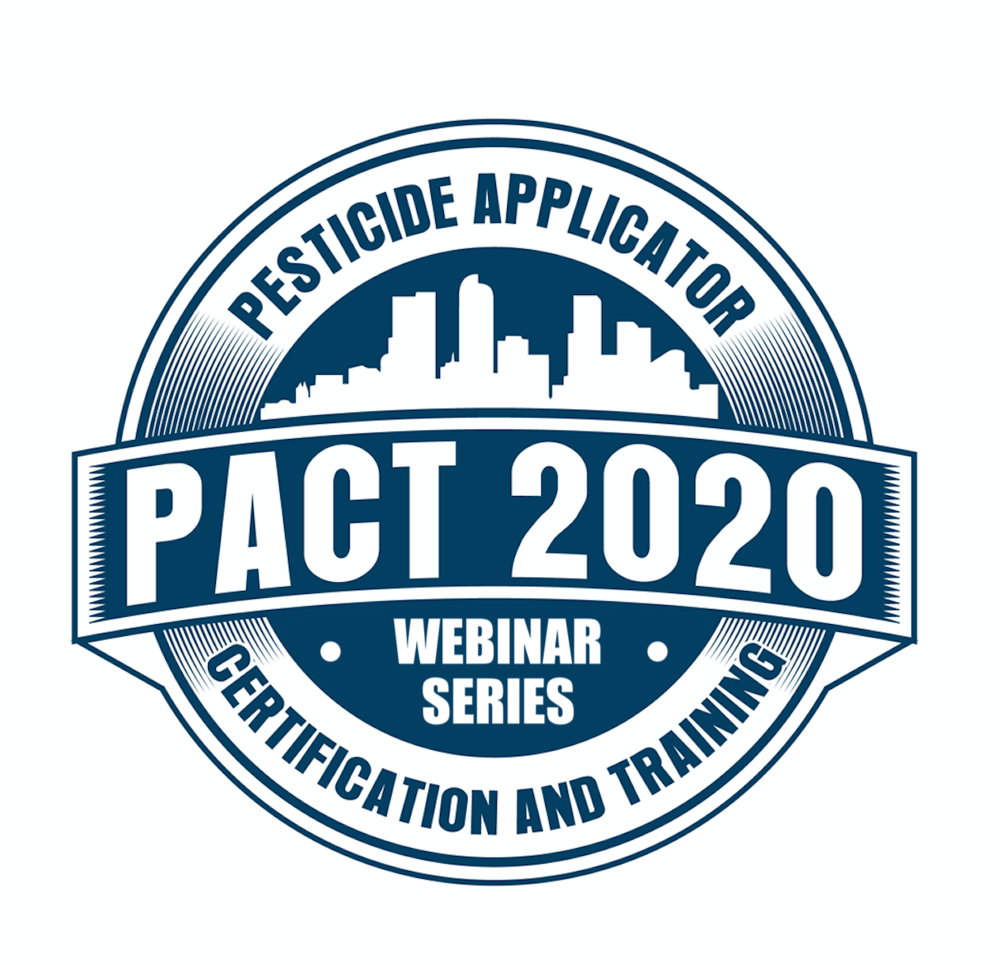*Presented in English with simultaneous translation available in Spanish*
*Presentado en inglés con traducción simultánea disponible en español*
This session is being offered for pesticide users who need to gain a better understanding of the types of respirators pesticide users should wear as well as understanding the importance of only using The National Institute for Occupational Safety and Health (NIOSH)-approved respirators. Additionally, attendees will also learn the below safety elements:
- how to identify required respiratory protection from the pesticide label
- purifying elements for air-purifying respirators and gas masks
- use limitations and service time including when adjuvants are added to pesticide mix
- the importance of reading and following the respirator manufacturer Instruction and Maintenance Manual
When respiratory protection is required, it will be found in the precautionary statements of the pesticide label. Respiratory protection required by the label is product- and task-specific; and specified based on the anticipated respiratory hazards, phase, and concentration of contaminants in the breathing zone during use. EPA’s risk assessment assumes that each respirator user of tight-fitting facepiece respirators has been fit tested according to legal standards. This session will highlight medical evaluation of respirator users; use of tight-fitting respirators; respirator training for occupational users of pesticides; proper use of respirators in pesticide-contaminated areas; and care and maintenance of respirators.
Esta sesión se ofrece a quienes usan pesticidas, y que necesitan comprender mejor los tipos de respiradores que los usuarios de pesticidas deben usar, así como entender la importancia de usar solamente respiradores aprobados por El Instituto Nacional de Seguridad y Salud Ocupacional (NIOSH por su sigla en inglés). Además, los participantes aprenderán los siguientes elementos de seguridad:
- cómo identificar en la etiqueta del pesticida la protección respiratoria requerida
- elementos purificadores para respiradores purificadores de aire y máscaras de gas
- limitaciones de uso y tiempo de servicio, incluso cuando se agregan adyuvantes a la mezcla de plaguicidas
- importancia de leer y seguir el Manual de instrucciones y mantenimiento del fabricante del respirador
Cuando se requiere protección respiratoria, esta se puede encontrar en las declaraciones de precaución de la etiqueta del pesticida. La protección respiratoria requerida por la etiqueta es específica del producto y la tarea; y específica sobre la base de los peligros respiratorios previstos, fase y concentración de los contaminantes en la zona respiratoria durante el uso. La evaluación de riesgos de la Agencia para la Protección Ambiental (EPA por su sigla en inglés) supone que cada persona que use un respirador del tipo de respiradores ajustados de la pieza facial se pruebe de acuerdo con los estándares legales. En esta sesión se destacará la evaluación médica de los usuarios de respiradores; el uso de respiradores ajustados; la capacitación sobre respiradores para los usuarios ocupacionales de pesticidas; el uso adecuado de respiradores en zonas contaminadas con pesticidas; y el cuidado y mantenimiento de los respiradores.
SPEAKER/PONENTE - Patricia Hastings
Pat has served as the Extension Pesticide Safety Education Program (PSEP) Coordinator for New Jersey for Rutgers New Jersey Agricultural Experiment Station since 2007, having first joined Rutgers Cooperative Extension in 1999 as a Program Associate in Pest Management.
Prior to joining Rutgers, Pat served as a senior environmental consultant to EPA in regional and national Superfund programs. She managed the EPA Environmental Response Team’s national training facility in Edison, NJ. She also co-developed and team-taught the first 40-hour hazardous materials emergency responder course in the US.


Comments (1)